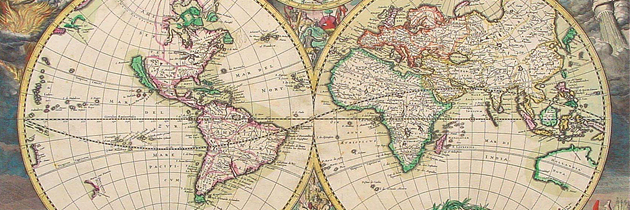Lately I’ve been talking about How to Manage People from Different Cultures in the same workplace and Realities that Leaders Have to Face when doing so. From the experience I’ve gained over a number of years, I strongly feel that if a leader can
- Build Relationships
- Create Shared Needs
- Build Safe Environments
- Giving Equal Talk Time
he’ll be able to encourage people to accept each other’s differences and welcome the strength they can create together.
[Tweet “Seniority, Structured Learning, Fixed Vision, and Project Details are specific to Asian companies.”]
As a final take on this topic for now, I’d like to take a moment to point out what makes Asian business culture so different from the West. Before starting, I have to say that it’s these differences which make frontier markets so incredibly attractive to work at. By knowing the differences and arming yourself with the knowledge of bringing your team together and you’re set for a wonderful, exciting and hopefully successful future.
Seniors vs Power
There’s something about Asia and respecting your elders which just permeates everything they do. From business, to education to family and even politics, if you have tenure you automatically receive a chunk of the power pie. The whole concept of 20 under 20’s and “X under X’s” just doesn’t hold much value because until you have the number in your years, people don’t perceive that you have the required power to create a difference.
Structured Learning vs Emergent Learning
This point kind of links back to the importance of seniors. It goes back so deep into the root of the system that it can be harder to bring about new concepts and change in Asia. Structured learning programs such as certificates and diplomas are more trusted than forums such as online learning or self-structured programs. In the West, people are much more open to and encourage emergent learning trends. This simply means that as a leader in Asia you have to know the learning options you have and slowly bring about the change that could help the organization thrive.
Long Term View of the Future vs Accepting Differences in People
I know that at first glance, this doesn’t seem like a point A vs point B kind of thing. But, in Asia leaders have a very concrete and pre-envisioned view of what the future should look like. And though there’s much to be said about the stability that this can bring for creating and achieving the vision of an organization it doesn’t keep much space for welcoming differences in people. Cultivated appropriately, these differences can launch companies into very exciting, lucrative futures that they wouldn’t otherwise consider or think possible.
Details of a Program vs Face Value
I talked about this one in detail specifically in China. The thing is that people often agree with superiors in Asia quickly (especially if that superior is an expat), only to later cause issues or create unnecessary hurdles when it comes to implementing the concept agreed upon. This can be quite frustrating if you’re not used to having this occur because when your partners say yes to something, you expect it to be a 100% yes. Of course it’s not a deal breaker – you simply have to know that once you’ve theoretically agreed on something, it will take a little time before you can implement it.
Asia’s an incredible market to work in. The vast number of cultures involved in the region along with the business opportunities available sure make it an interesting one. I think its very unique in all it’s Asian business culture characteristics and if you’re up for the challenge, one of the best places to work at. You just have to stay informed of the current trends and make yourself ready to accept any challenge that pops up.



